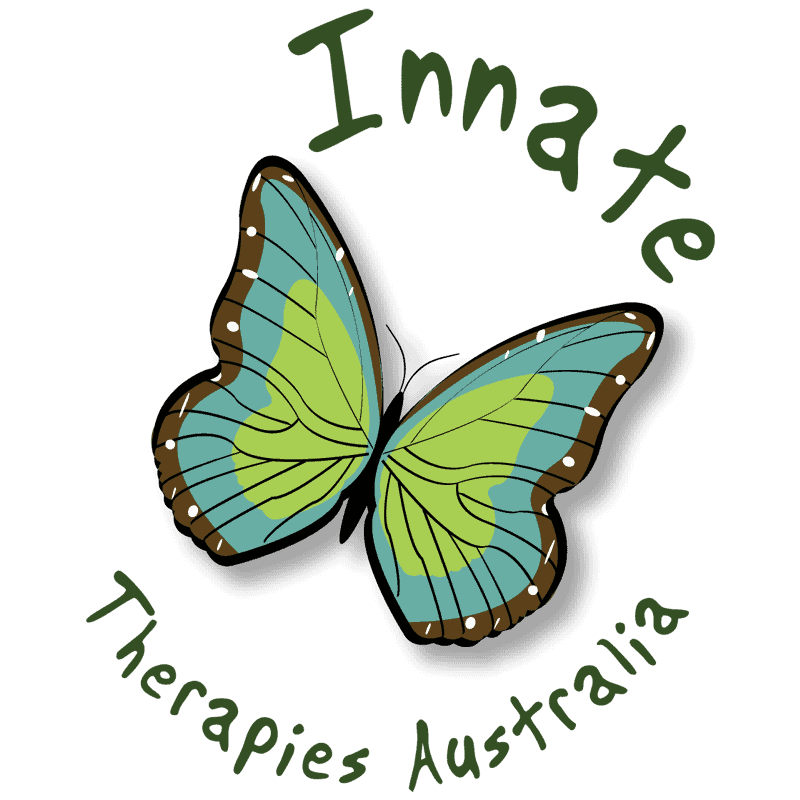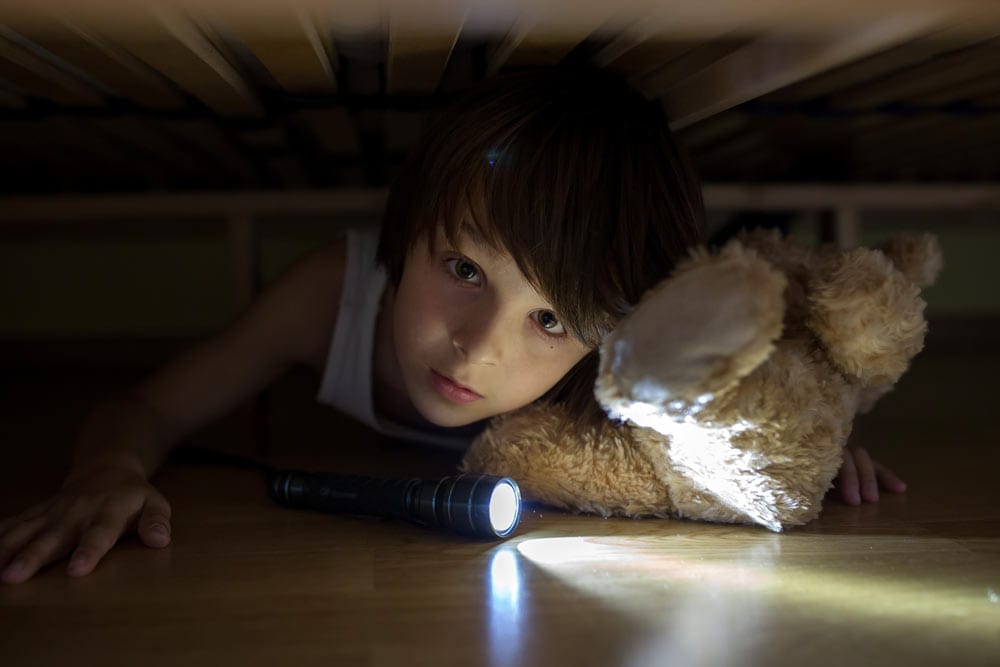Halloween can bring out fear in your children.
The fear of darkness, also known as “nyctophobia” or “scotophobia,” is a common experience among both children and adults. While it might seem like a trivial fear, it can be genuinely distressing for those who suffer from it. In this blog, we will talk about the fear of darkness, why people get scared, and ways to overcome this fear
Understanding the Fear of Darkness
Fear of the dark is a universal human experience, and it typically begins in childhood. It can manifest in different ways, from mild discomfort to extreme anxiety and panic attacks. Some common expressions of the fear of darkness include:
- Fear of Sleep
Children and adults with nyctophobia may be afraid to go to sleep because they fear the darkness that comes with nighttime. This fear can lead to insomnia and sleep disturbances.
- Reluctance to Enter Dark Spaces
People with a fear of the dark may avoid entering dark rooms, basements, or areas with limited lighting. They might also hesitate to leave their home at night.
- Imagined Threats
The fear of darkness often involves irrational thoughts and fears. Individuals may imagine monsters, ghosts, or other threatening entities lurking in the dark.
- Physical Symptoms
Experiencing physical symptoms such as rapid heartbeat, sweating, and shortness of breath when in the dark or thinking about it.
- Avoidance Behavior
Steering clear of evening pursuits, like camping, observing the stars, or just relishing a tranquil night in the open air.

Causes of Fear and Phobias
Understanding the root causes of fear and phobias, including the fear of the dark, is essential for effective treatment. Several factors can contribute to the development of these fears:
- Evolutionary Factors
Some fears, including the fear of darkness, may have evolutionary origins. Early humans were vulnerable to predators in the dark, making a fear of the night a survival advantage. While we no longer face such threats, remnants of this instinctual fear can persist.
- Traumatic Experiences
A traumatic experience related to darkness or nighttime can trigger a lifelong fear. For example, a frightening event that occurred in the dark during childhood can lead to a persistent fear of the dark.
- Learned Behavior
Children often learn from their parents and caregivers. If a parent expresses fear or anxiety about the dark, a child may internalize these feelings and develop their own fear.
- Genetic Predisposition
Research suggests that there may be a genetic component to phobias and anxiety disorders. If a family member has a history of phobias or anxiety, you may be more susceptible to developing similar fears.
- Conditioning
Associating darkness with negative experiences can lead to a fear of the dark. For example, if a child has a nightmare while sleeping in a dark room, they may come to associate darkness with fear.
Therapeutic Approaches to Overcoming the Fear of Darkness
The fear of the dark, like other specific phobias, is a treatable condition. Several therapeutic approaches can help individuals overcome their fear and lead a more fulfilling life. Here are some effective strategies:
- Cognitive-Behavioral Therapy (CBT)
CBT is a widely used approach for treating phobias. It helps individuals identify and challenge irrational thoughts and beliefs related to their fear. In the case of the fear of darkness, CBT can help individuals reframe their thoughts about the dangers of nighttime and develop healthier coping mechanisms.
- Exposure Therapy
Exposure therapy involves gradually and systematically exposing individuals to the source of their fear in a controlled and safe environment. For the fear of darkness, this might include gradually increasing exposure to darkness, starting with dimly lit rooms and progressing to complete darkness. Over time, individuals become desensitized to the fear.
- Relaxation Techniques
Learning relaxation techniques such as deep breathing, meditation, or progressive muscle relaxation can help individuals manage anxiety and panic symptoms associated with the fear of darkness.
- Desensitization
Desensitization involves using relaxation techniques while gradually increasing exposure to the feared object or situation. For instance, a therapist may guide a person through relaxation exercises while they imagine being in a dark room.
- Virtual Reality Exposure Therapy
Virtual reality exposure therapy is an innovative approach that uses immersive technology to expose individuals to their fear in a controlled and safe manner. This method can be particularly effective for addressing the fear of darkness.
- Medication
In some cases, medication may be prescribed to manage the symptoms of anxiety associated with the fear of the dark. This is typically considered when other therapies have not been effective or when the fear significantly impairs an individual’s daily life.
Tips for Managing the Fear of Darkness
In addition to therapeutic approaches, there are several practical strategies individuals can use to manage their fear of darkness:
- Gradual Exposure
Practice gradual exposure to darkness in a safe and controlled manner. Start with small steps, such as dimming the lights slightly or using a nightlight, and gradually increase exposure over time.
- Relaxation Techniques
Learn and practice relaxation techniques to manage anxiety when in the dark. Deep breathing, mindfulness, and progressive muscle relaxation can be particularly helpful.
- Create a Comfortable Sleep Environment
Make your sleep environment as comfortable as possible. This may include using blackout curtains, maintaining a comfortable room temperature, and having a comforting object nearby.
- Positive Associations
Try to create positive associations with darkness. You can do this by engaging in calming activities in the dark, such as listening to soothing music or practicing relaxation exercises.
- Seek Support
Talk to one of our therapists or counselors who specializes in treating phobias. They can provide guidance, support, and effective therapeutic techniques.
Innate Therapies - Conquering the Fear of Darkness
Innate Therapies in Cairns can assist with therapies to help you overcome your or your childs fear of the dar.
The fear of darkness is a common and often manageable fear that can significantly impact an individual’s quality of life. Understanding the root causes of this fear and seeking appropriate therapy are crucial steps toward conquering it.
With the right strategies, support, and professional guidance, individuals can gradually overcome their fear of darkness and experience a greater sense of freedom and well-being.
Remember, you’re not alone in facing this fear, and there are effective treatments available to help you find relief and live a more fulfilling life.

